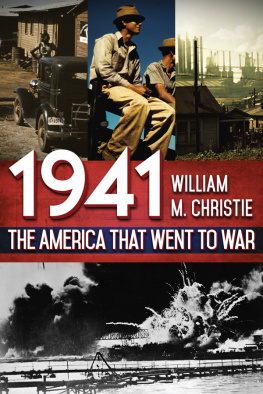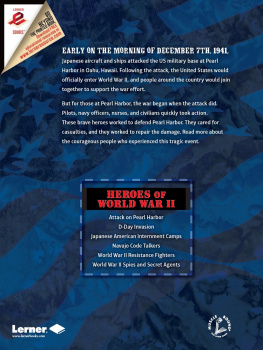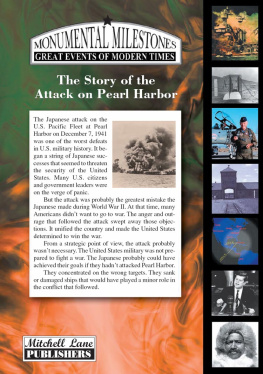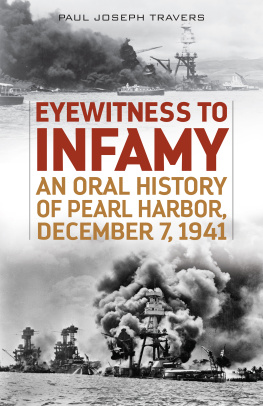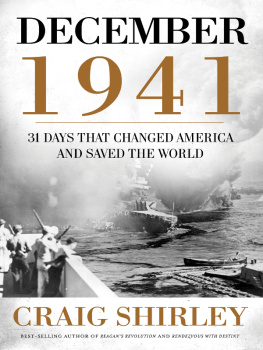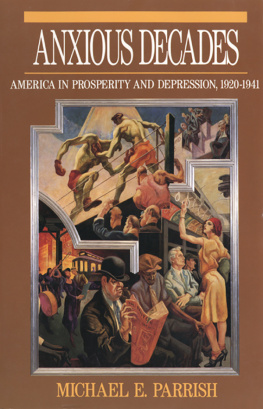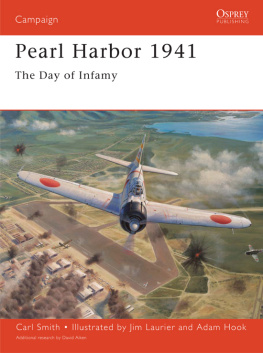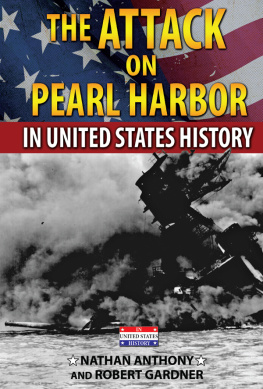Copyright 2016 by William M. Christie
All Rights Reserved. No part of this book may be reproduced in any manner without the express written consent of the publisher, except in the case of brief excerpts in critical reviews or articles. All inquiries should be addressed to Carrel Books, 307 West 36th Street, 11th Floor, New York, NY 10018.
Carrel Books may be purchased in bulk at special discounts for sales promotion, corporate gifts, fund-raising, or educational purposes. Special editions can also be created to specifications. For details, contact the Special Sales Department, Carrel Books, 307 West 36th Street, 11th Floor, New York, NY 10018, or .
Carrel Books is a registered trademark of Skyhorse Publishing, Inc., a Delaware corporation.
Visit our website at www.carrelbooks.com.
10 9 8 7 6 5 4 3 2 1
Library of Congress Cataloging-in-Publication Data is available on file.
Cover design by Rain Saukas
Cover photo credits: Library of Congress
ISBN: 978-1-63144-055-7
Ebook ISBN: 978-1-63144-054-0
Printed in the United States of America
CONTENTS
Introduction
O N THE EVENING of December 2, 1941, the Columbia Broadcasting System hosted a dinner at the Waldorf Astoria in New York honoring Edward R. Murrow and his wife, Janet. The couple had just returned from London, where Murrow had been broadcasting for CBS since before the beginning of the war. In that time he had become far and away the overseas radio correspondent most widely heard throughout the United States. After listening to the various tributes given him this evening, Murrow responded with a short talk describing Britain and the war as he saw them. In his talk he offered three questions the British were constantly asking themselves: If America comes in, will she stay in? Does she have any appetite for the greatness that is being thrust upon her? Does she realize that this world or what is left of it will be run from either Berlin or Washington?
As Murrow posed these questions to his American audience, a Japanese fleet was already approaching Pearl Harbor with the airplanes, bombs, and torpedoes that would force the answers on a somewhat unwilling and thoroughly unprepared country. Yet the very fact that these questions could still be asked in the late fall of that year is itself an indication of how different America was from the country that less than two years later invaded the continent of Europe, not to mention the America that dropped the atomic bomb, drew the line in Korea, and produced transistors, microwaves, rock and roll, the civil rights movement, untold prosperity, and untold anxiety over the next quarter century. It is simply not possible to understand what we became without first understanding what we were.
For America, the year 1941 marked the most decisive turning point in the twentieth century. On December 7 the nation was thrust into a position of world leadership from which it would never escape. Isolation from the rest of the world and an inward-looking concern with our own affairs without reference to what happened elsewhere were no longer options. During this year we were consumed by a debate over our place in the world. Finally, at the beginning of December, Japan, Germany, and Italy resolved the debate for us.
Even internally 1941 was a year of great changes. As the nation emerged from the Depression and reveled in the prosperity brought on by defense spending, the competing interests of business, labor, and government jostled with one another to define their new power relationships. Social institutions, too, began to change as African Americans demanded their fair share of the American promise. New forms of communication, especially radio, began to pull together the disparate parts of the country.
Nineteen forty-one was also a year of excitement that engaged the attention of the public. Newspapers and radio kept people up-to-date while the Royal Navy chased the German battleship Bismarck across the North Atlantic. The nationand the worldgasped when Hitler audaciously invaded Russia. At home racing fans thrilled as a remarkable colt won the Triple Crown, baseball fans watched a young outfielder hit safely in 56 consecutive games, and boxing fans saw Joe Louis nearly give away his World Championship before finally knocking out Billy Conn.
Perhaps the hardest thing for people to grasp today is how different America was in 1941. We could afford to isolate ourselves from the rest of the world in part because we were economically self-sufficient. Not only did we produce enough food to feed ourselves and still have plenty left for export, we also produced 61 percent of the worlds oil, meeting all of our own needs and making a good profit from what we exported (including our exports to Japan). Domestically, the nuclear family, with a working husband and a wife at home, was the unchallenged foundation of social order. Our vision was circumscribed by the limits of the regions in which we lived. Most people never visited other parts of the country, and foreign lands existed only as photographs in LIFE or National Geographic .
In this book I have tried to present a picture of the United States as we were and as we saw ourselves in the last year of isolation and the last year of peace. I have tried to present the history of that year as we experienced it, allowing readers to think themselves back three-quarters of a century to understand the country that would be completely transformed by World War II. To this end I have made some decisions that deserve a bit of explanation. In the first place, whenever money is discussed, it will be in terms of 1941 dollars. An average worker supported his family on about $2,500 a year. A loaf of bread cost 8 and a quart of milk cost 13. Salaries and prices have not increased evenly over the years, but readers can make comparisons by using the Consumer Price Index. On average, items costing $1.00 in January of 1941 would cost $16.80 in January of 2016. In addition, some of my terminology may seem out of date. I have tried to write in language that reflects the usage of 1941. Modern terminology, and especially modern slang, has been avoided wherever possible. Some readers may be struck by references to African Americans as Negroes. Negro was the normal respectful term used in 1941 and appears in quotations from the period. In deference to more modern sensibilities, the term African American is used in the main text. References to ethnicity in general were much more common, and seldom were they resented. Finally, I have tried wherever possible to avoid writing prospective history. Harry Truman was a Senator from Missouri who spent the year investigating defense contractors. Thurgood Marshall was an N.A.A.C.P. attorney who was arguing an important discrimination case in the federal courts. Lieutenant Colonel Dwight Eisenhower was Chief of Staff of the Third Army. Their subsequent careers are not a part of this story. I have tried to avoid the temptation to stand in 1941 and peer into the future.
.
It is worth noting that this book is not arranged as a sequential narrative of the events of 1941. Others have undertaken that task, and you will find their works cited in the bibliography. Rather, the present work should be seen as a series of vignettes, arranged around twelve broad themes. It is my hope that through these vignettes, readers can think themselves back into the year 1941 and begin to imagine what it was like to live in the America of that time. As an organizing device for these themes, I have chosen for each month of the year an event or activity that occurred during that month and used it to introduce the thematic chapter to which it relates. So, for example, the story of American politics in 1941 begins with January 20, the date of President Roosevelts third inaugural. The story of popular entertainment begins with the February 27 Academy Awards ceremony in Los Angeles. So the year continues, concluding, of course, with the December attack on Pearl Harbor and the immediate effects of that attack on all other aspects of American life. It should also be noted that in some cases it has been necessary to extend the narrative back into 1940 or even earlier. We do not live exclusively in the present. Our vision of the world right now is conditioned by our memories of recent events, and the same need for context applies to the story of 1941.

